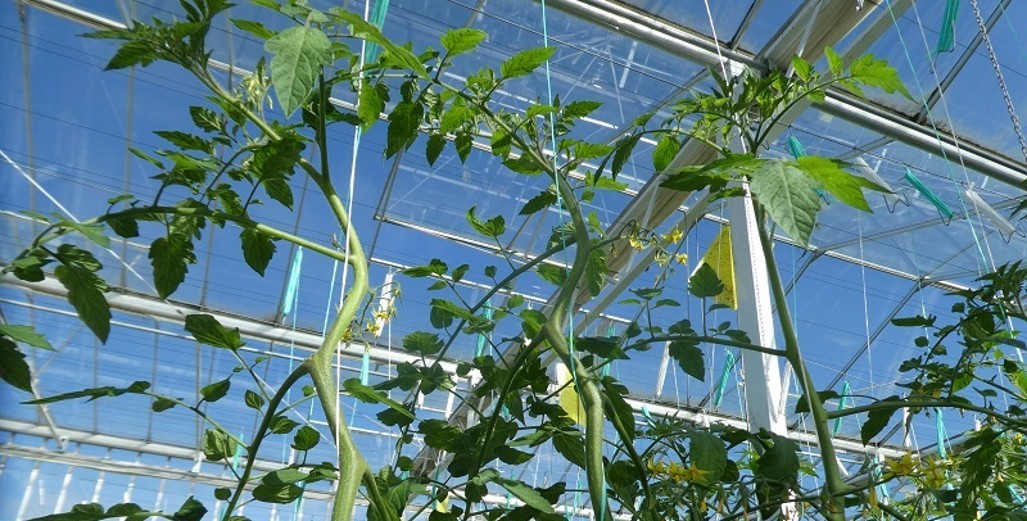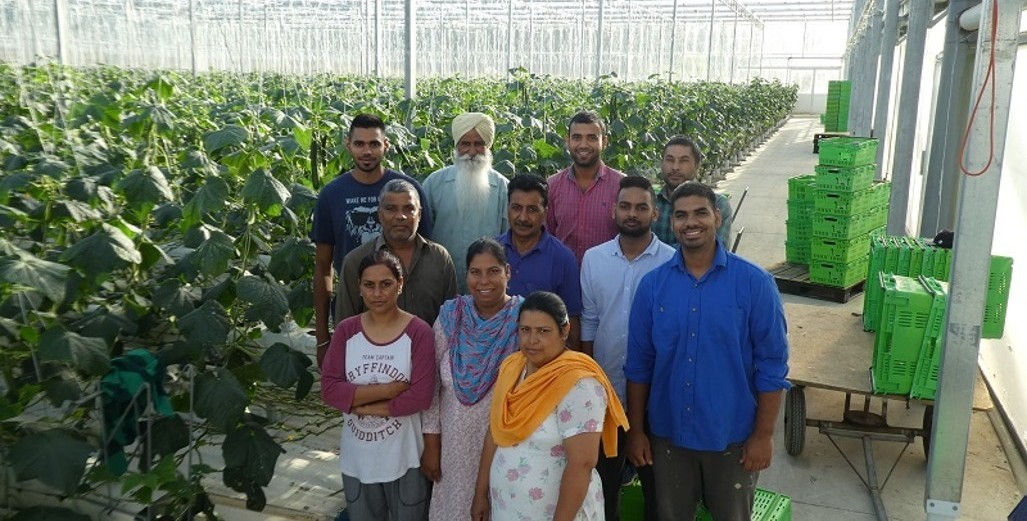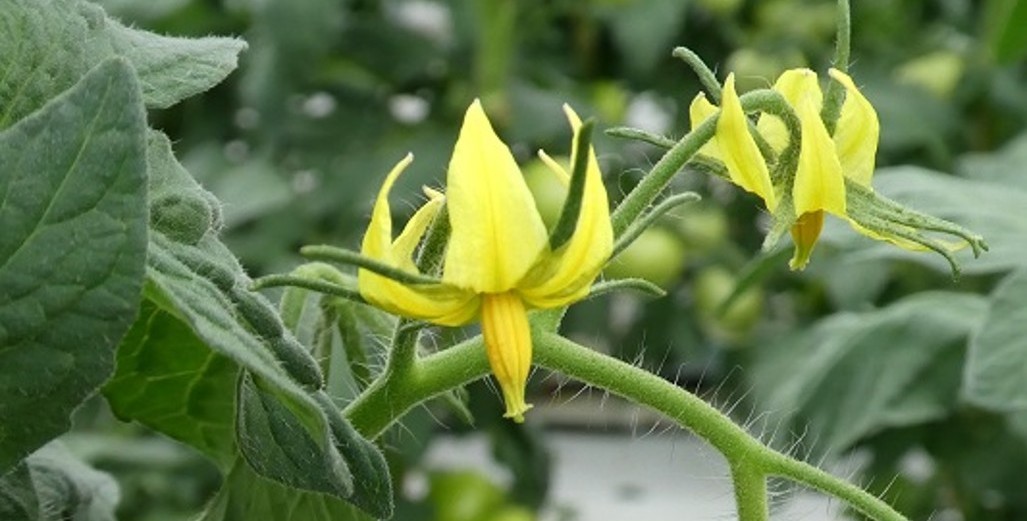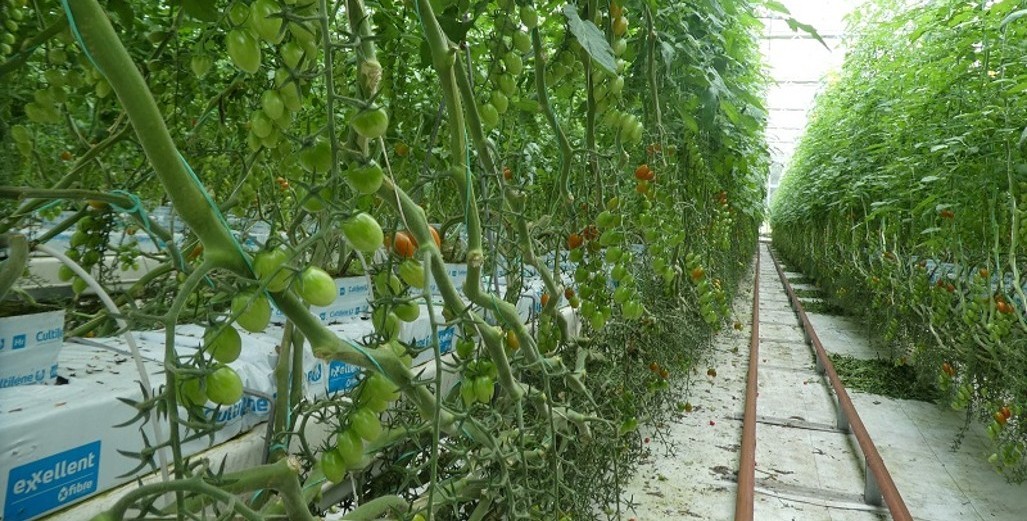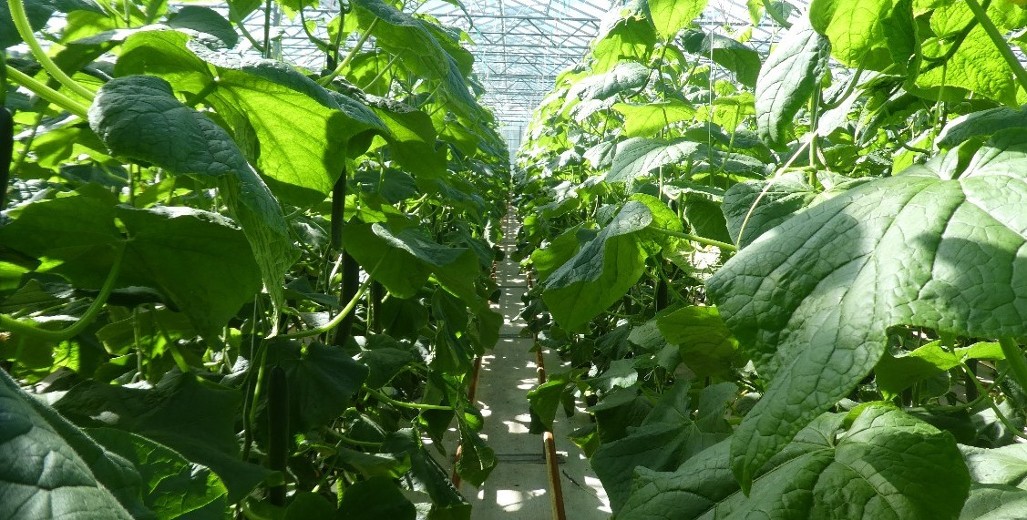Raj Sharma, 4.2 Million Cucumbers and Growing
Raj was born in the district of Kittna, Hoshiarpur, Punjab India. He grew up with his three brothers and one sister on a farm where his father grew wheat, corn and rice, before owning a convenience store. Raj’s sister currently lives here in New Zealand and his three brothers live in Canada. Raj visits his brothers every two years.
Raj attended primary school in Kittna and secondary school in Fateh Pur Khurd, then he went on to attend S.G.G.S. Khalsa College, Mahilpur, where he graduated. He did his post-graduation in Political Science from D.A.V. College Hoshiarpur. Raj decided to move to New Zealand in 1989, the motivation was the prospect of a better future. He came alone and stayed with a friend in Papakura. During the early years he doubted his decision to immigrate to New Zealand, but now knows it was the best decision he ever made.
From 1989 until 1992 Raj worked in the kiwifruit orchards in Te Puke, before returning north to work in the market gardens of Pukekohe from 1992 until 1994. In 1994 he started his journey into growing cucumbers in greenhouses. Simply by door knocking with his friend, Raj was employed in 1994 by a grower in Drury. The property changed hands three times, while Raj worked there for two years. He then began working for Rosemary Bartle who grew telegraph cucumbers in 2400m2 of greenhouse in Hingaia (Karaka District). Raj credits Rosemary for teaching him how to grow. Raj worked there until returning to India in 1998. A year later, in 1999, Sharma returned to New Zealand with his wife.
This year was the pivotal year for Raj. He began working for the late Ian Cheeseman growing telegraph cucumbers. Ian saw the huge potential in Raj, he encouraged him to start his own business, growing telegraph cucumbers, as well as continuing to work for Ian. In 2001 Raj leased his first property on Maxted Road in Drury. It was a 2000m2 greenhouse. Over the years Raj continued working for Ian but kept adding to the properties he leased. By 2008 Sharma had leased 5 properties with a covered growing area totalling over 1.5 ha. Raj and Ian kept working together, between them they were packing cucumbers at Ian’s home property in Maxted Road. Unfortunately, in 2010, Raj’s great friend, boss and business partner Ian passed away after a battle with cancer. Raj leased Ian’s property from Mrs Cheeseman, grew and kept packing on the Cheeseman property until recently. The old greenhouses were taken down on the Cheeseman property in 2016. I’d just like to point out that Raj did not have to stay and keep growing at that property. It was the oldest and probably the least productive of all of the greenhouses he had, but such was his loyalty and true respect for Ian and his wife he continued to grow there.

Raj Sharma in his recently built greenhouse that has diffused glass and hanging gutters. This crop’s in its last week and has gone through the hottest summer on record, it is in fantastic condition.
In 2011 Raj added another lease property to his portfolio, taking his total area to approximately 2 ha over 6 different properties. This property was the property Raj purchased in 2013 and where he would build a state of the art 6-meter-high diffused coating glasshouse with hanging gutters. Raj still leases 4 other properties, one of those properties is having a new 3000 m2 added to it. He currently has just under 3 .5ha of growing area not including the new extension.
Raj has built a good relationship with Turners and Growers, who market a large proportion of his telegraph cucumbers. He has improved year on year, and with new technology has increased and improved his growing skills. He now grows an average of 120 cucumbers per m2/year, which equates to more than 4.2 million telegraph cucumbers per year!. His target cucumber length is 36 cm. There is a four-month cycle between crops. The techniques he uses to grow his cucumbers differ between properties. This is very clever, as each property has different characteristics.
I asked Raj what the biggest difficulties were facing his business. His answer was “labour”. Raj now employs eighteen full time staff, with an additional four or five required in the summer months. Getting staff that want to work in our industry is very hard, kiwis do not want to work in greenhouses so staff are 100% immigrants’. Now that the government has tightened up on immigration Raj believes it is becoming even harder to find staff, it is a real threat to his business. Raj also believes that compliance is becoming more difficult year on year. There does not seem to be a line in the sand where everything is set, it just keeps becoming more difficult and unnecessary in some cases. Paper work takes up a lot of time and can take focus away from the growing operation. From a growing point Raj says root disease is a real problem, there are not many, if any products, that will 100% reduce the risk of infection or cure an infection. Years ago, there were root treatment’s but they are no longer permitted. He says Pythium and Fusarium are the biggest causes to loss of production.
On a brighter note I asked Raj to comment on what’s good about his business, without hesitation he said dealing directly with the supermarket is something he really likes, “It is an easy way of doing business, the price is always stable and they take large volumes”. It has created a strong partnership which he hopes will continue.
Raj is quite happy to help other growers who grow cucumbers. Raj’s point of view is that other growers are not his competitor and that’s why he is always keen to provide his support and suggestions if anyone asks him. He wants to share his knowledge and experience with his fellow growers.
Raj is positive about the short and long-term future of his business, he would like to see more young people entering the greenhouse industry. Raj’s son is now seventeen, he is keen to come into the business with his Dad. Raj is so positive about the future, he is already planning his next large glasshouse extension in two years. He hopes that the labour issues he faces can be resolved.
Raj likes reading books especially about New Zealand and Indian politics. He likes watching a game of cricket and loves to read about his favourite hobby, growing! So, you could say he never stops growing.
Raj’s story is inspirational, it shows courage and strength, to come to a foreign country, where English is a second language. He is the perfect example of what you can achieve with sheer hard work, determination and a smart business mind. Raj works 7 days a week as he always needs to check his crops, he is a tireless worker, working hard so his family will have a brighter future. Raj is extremely intelligent all be it bashful. He has slowly built his business from nothing to its current size. He will continue to improve and add a new environmental computer to his property in the next 3 months. He said, he sees himself in this industry for life and there is no talk of life after growing.
What I love about writing these articles is optimised by this interview. Raj is such an inspiration to me. His loyalty and dedication are two of Raj’s biggest attributes, which is something I pride myself on.
In over 20 plus years in our industry you just will not meet a nicer person to do business with than Raj Sharma. One moto I adhere to is ‘It’s nice to be important but it is more important to be nice” Raj epitomises that moto.

Sharma grows in both glass and plastic houses.

Sharma is very happy with his new glasshouse that had diffused glass installed.

Waste oil is used for the main source of heating.

Sharma has recently built a large new pack house to cope with his increase in production.

This new rapping machine has increased output from 20 to 60 cucumbers per minute. This was a rather large investment but will pay it self-back very quickly with the increased efficiency

Sharma with his staff who work at the Bombay property






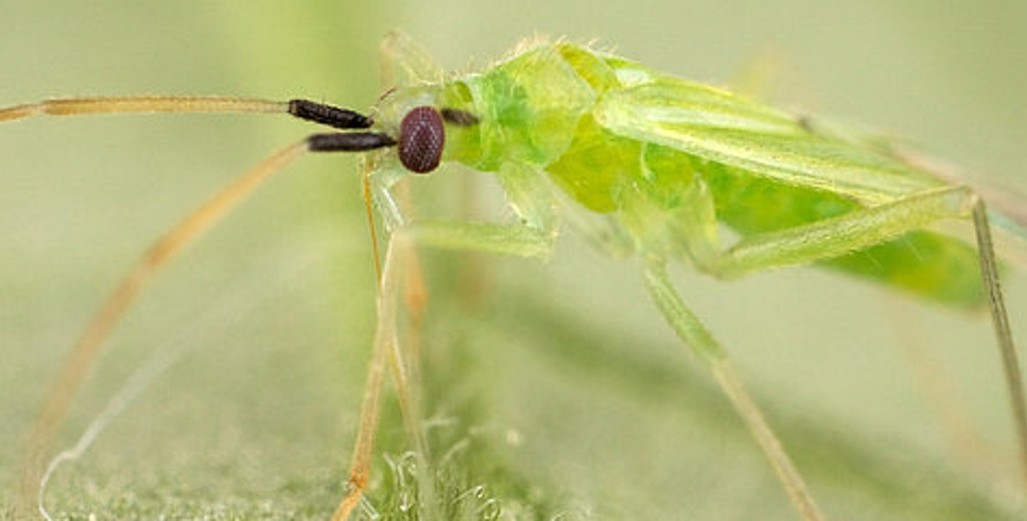
 Macrolohpus
Macrolohpus 